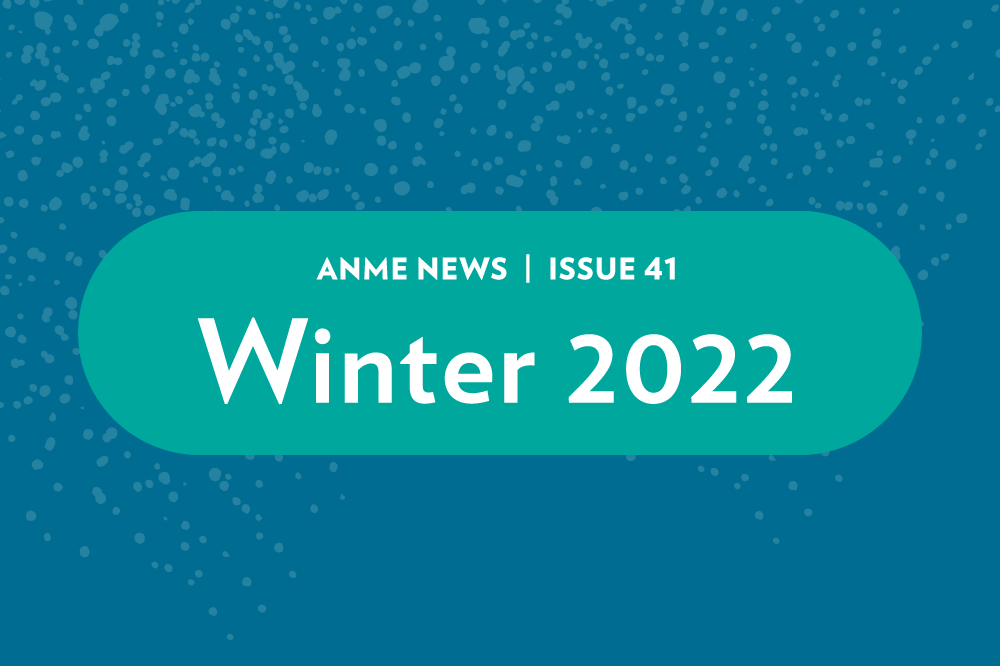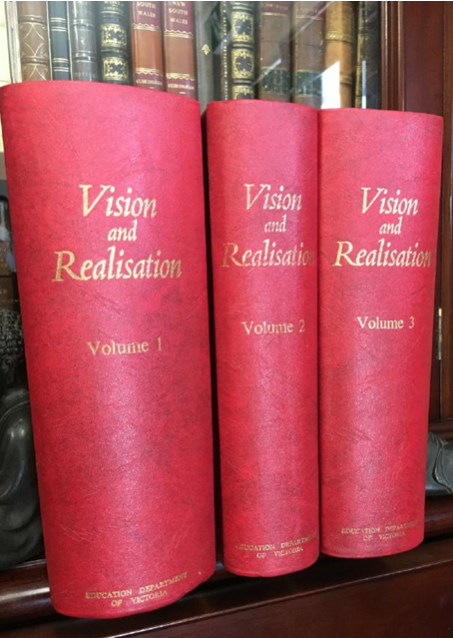Australian National Museum of Education
Building 5, Level A, Room 5A4
University of Canberra
anme@canberra.edu.au
+61 02 6201 2473
UC OPEN DAY FEST
Sat 20 Sept, 9am - 3pm

The ANME is most fortunate to possess one of the most detailed, useful and comprehensive histories of an Australian state education department ever published in Australia.
Edited by L.J. Blake, Vision and Realisation: A Centenary History of State Education in Victoria, this monumental three-volume history published in 1973 by the Education Department of Victoria amounts to over 3000 pages in 3 volumes and contains highly detailed accounts of the establishment and early development of every state government school in the State of Victoria. The histories of some of the largest schools run to three or four pages, while small, short-lived primary schools might only amount to two or three paragraphs.

Leslie Banford James Blake, born in Bendigo, Victoria in 1913, was a most distinguished educational historian in the Victorian Department of Education. He attended Melbourne Teachers’ College and later graduated from Melbourne University. He taught at a number of schools in Victoria before being appointed to a lectureship role at Geelong Teachers’ College. He was later appointed as the District Inspector of Schools in the Horsham region of Victoria.
Les Blake published his first book, Teaching social studies, in 1956. He was the author of more than twenty books, including Australian writers (1968), Gold escort (1971), and Place names of Victoria (1976).
Blake was awarded an O.B.E. in 1974 for services to education, to history and to the community. He was a Fellow of the Royal Historical Society of Victoria and of the Australian College of Education and was made an honorary Master of Education by the University of Melbourne in 1974. Blake died in Melbourne on 4 June 1987

Australian National Museum of Education
Building 5, Level A, Room 5A4
University of Canberra
anme@canberra.edu.au
+61 02 6201 2473
UC acknowledges the Ngunnawal people, traditional custodians of the lands where Bruce campus is situated. We wish to acknowledge and respect their continuing culture and the contribution they make to the life of Canberra and the region. We also acknowledge all other First Nations Peoples on whose lands we gather.
